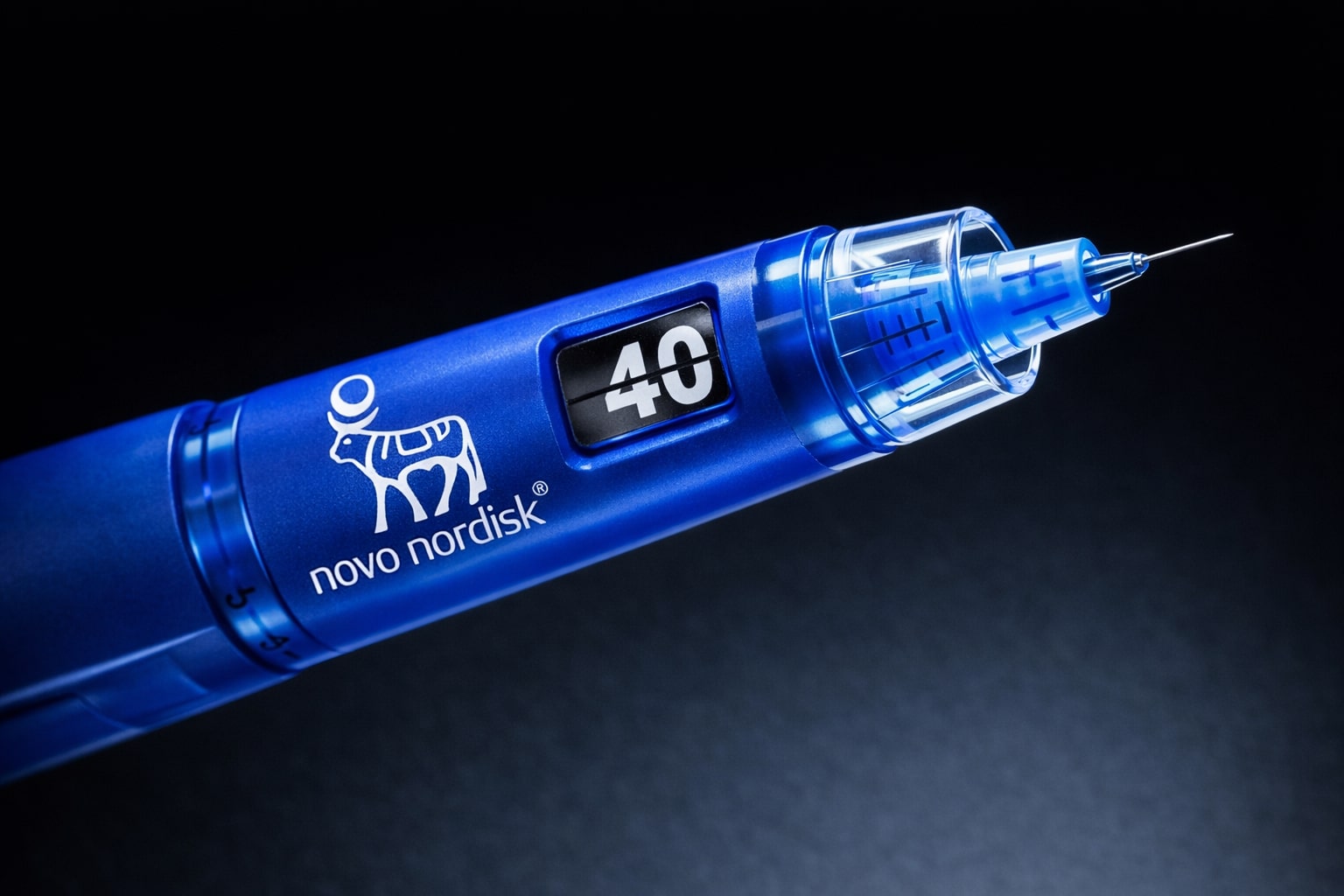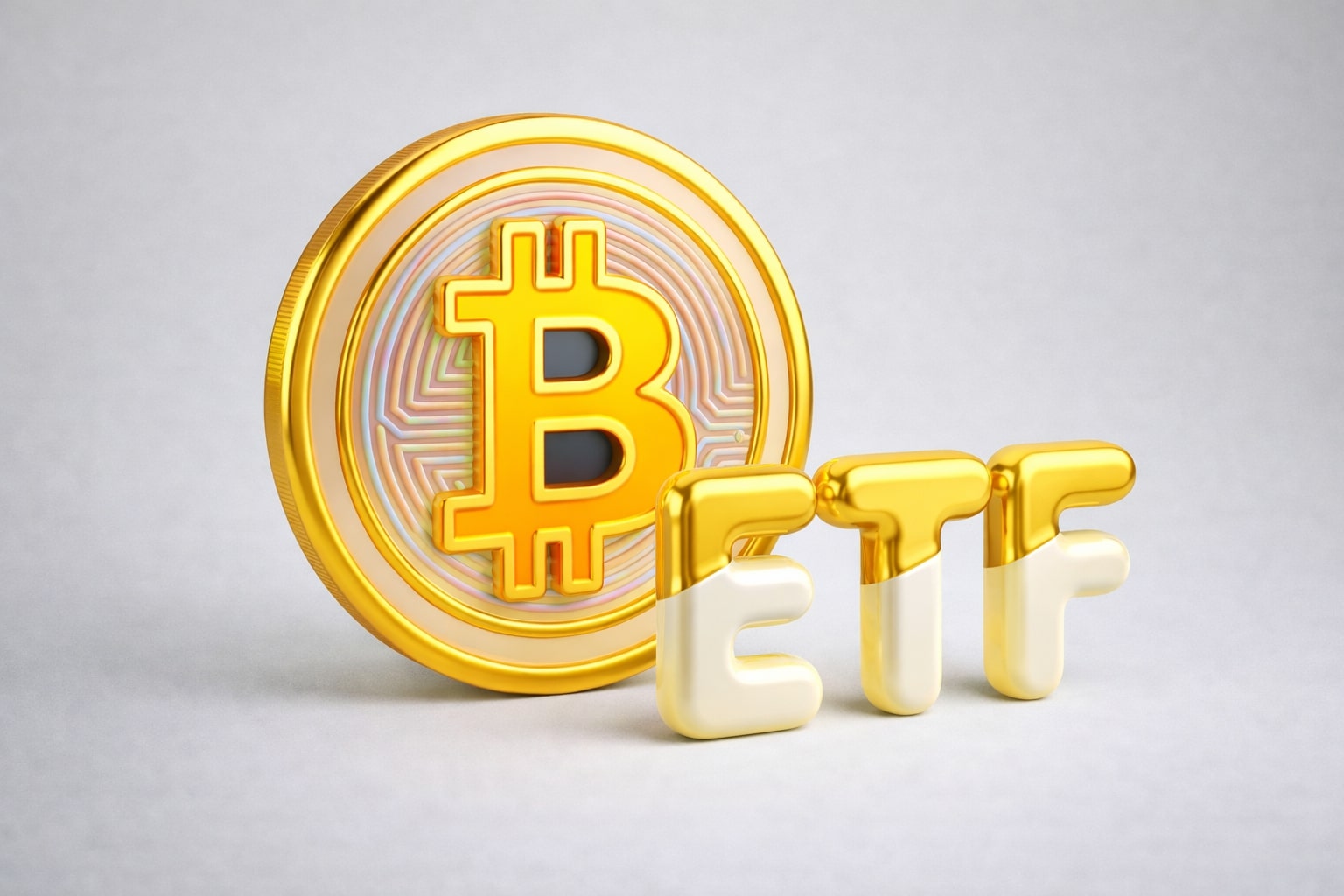Do 2008 Crisis can come back in 2023
Silicon Valley Bank is waiking up the bear as the vix index shot up the highest since october
The 2008 crisis was triggered by the collapse of the housing market in the United States, which had been fueled by the availability of easy credit and low interest rates and the creation of complex financial instruments, derivatives and collateralized debt obligations (CDOs) that were tied to the housing market.
Svb(Silicon Valley Bank) has purchased US treasury bonds and mortgage back security that has lead him to sell $21 billion of bonds at a $1.8 billion loss since interest rate increased from 0.25% to 4.5% as of today.
Clients prespective for SVB yield was not attractive so they where offering only 1.79% in relativley to the no risk treausry bonds been offered today and as a byproduct clients started to withdraw thier funds.
The bank has needed quick way to pay them as he was forced to sell is protfolio in a mssive lost.
Banking regulator took over SVB for his annoucment that he faced "inadequate liquidity and insolvency"
The Federal Deposit Insurance Corporation (FDIC), took charge of the $175bn (£145bn) in deposits held at the bank.
What are the risk in accordance to 2008?
The interest rate on the mortgage in the US reached 6.7% - its highest level since 2007.
The rate is more than double compared to the same period last year, according to mortgage giant Freddie Mac. The increase occurred due to the jump in bond yields, which reached a level of 4%.
The interest rate on a mortgage is a crucial factor in determining whether homeowners can afford to make their monthly mortgage payments. When interest rates rise, homeowners may find it more difficult to make their mortgage payments, which can lead to an increase in foreclosures and a decline in home values. This was one of the key factors that contributed to the housing crisis in the United States in 2008.
In the years leading up to the crisis, the Federal Reserve had lowered interest rates to stimulate economic growth. This led to a surge in demand for homes, which in turn caused housing prices to rise rapidly. As housing prices continued to climb, lenders became more willing to make loans to people who could not afford them, such as subprime borrowers.
Many of these loans were adjustable-rate mortgages (ARMs), which had lower interest rates at first but could adjust upward after a certain period of time. When interest rates began to rise in 2006, many homeowners found themselves unable to make their mortgage payments, leading to a wave of foreclosures.
Read More
-
JEPI ETF Price Forecast: Is a 7.4% Yield at $57.82 Still Worth Holding?
23.12.2025 · TradingNEWS ArchiveStocks
-
XRP ETF Surge: XRPI at $10.89, XRPR at $15.45 as Inflows Hit $1.2B
23.12.2025 · TradingNEWS ArchiveCrypto
-
Natural Gas Price Forecast: NG=F at $4.42 on LNG Record, Targeting $4.70 Winter Test
23.12.2025 · TradingNEWS ArchiveCommodities
-
USD/JPY Price Forecast - USDJPY=X Breakdown: From 157.83 Peak Toward 150 as Yen Fights Back
23.12.2025 · TradingNEWS ArchiveForex


















